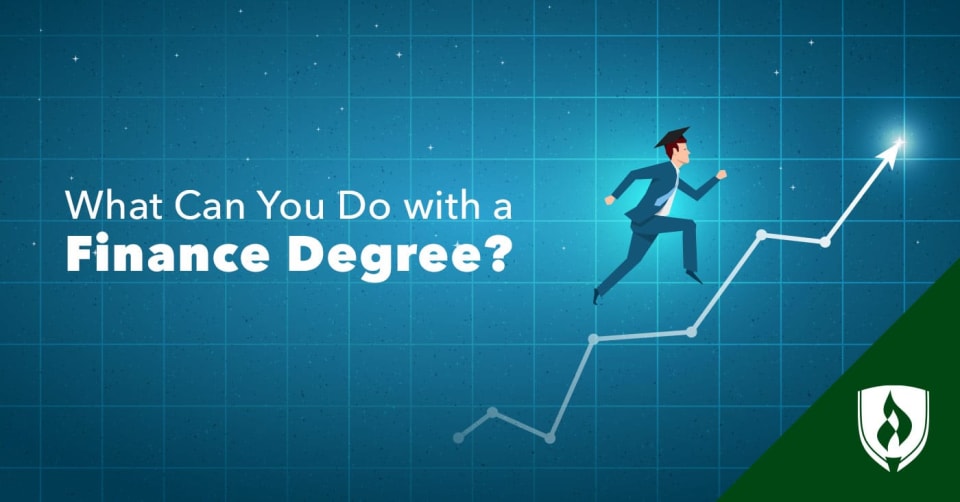Table of ContentsOur What Is Derivative Finance IdeasThe 6-Minute Rule for In Finance What Is A Derivative7 Easy Facts About What Is Considered A Derivative Work Finance ShownThe smart Trick of What Determines A Derivative Finance That Nobody is Talking About

Since they can be so volatile, relying greatly on them might put you at major monetary risk. Derivatives are complicated financial instruments. They can be terrific tools for leveraging your portfolio, and you have a great deal of versatility when deciding whether to exercise them. Nevertheless, they are likewise risky financial investments.
In the right-hand men, and with the best technique, derivatives can be a valuable part of an investment portfolio. Do you have experience investing in financial derivatives? Please pass along any words of recommendations in the remarks listed below.
What is a Derivative? Essentially, a derivative is a. There's a lot of terminology when it comes to finding out the stock market, however one word that investors of all levels should know is acquired because it can take many kinds and be a valuable trading tool. A derivative can take many kinds, consisting of futures contracts, forward agreements, options, swaps, and warrants.
These possessions are generally things like bonds, currencies, products, interest rates, or stocks. Consider example a futures contract, which is one of the most typical types of a derivative. The worth of a futures contract is affected by how the underlying agreement carries out, making it a derivative. Futures are usually used to hedge up riskif a financier purchases a particular stock however worries that the share will decline over time, she or he can get in into a futures agreement to secure the stock's worth.
7 Simple Techniques For What Is Considered A "Derivative Work" Finance Data
The over-the-counter version of futures contracts is forwards contracts, which basically do the very same thing however aren't traded on an exchange. Another common type is a swap, which is normally a contact between 2 people agreeing to trade loan terms. This might involve somebody switching from a set interest rate loan to a variable interest loan, which can assist them improve standing at the bank.
Derivatives have actually developed with time to consist of a variety of securities with a variety of purposes. Because financiers attempt to profit from a cost change in the hidden possession, derivatives are generally used for speculating or hedging. Derivatives for hedging can frequently be considered as insurance coverage. Citrus farmers, for example, can utilize derivatives to hedge their direct exposure to winter that could significantly lower their crop.
Another typical usage of derivatives is for speculation when banking on a property's future rate. This can be especially useful when attempting to avoid exchange rate problems. An American financier who buys shares of a European company utilizing euros is exposed to exchange rate risk since if the currency exchange rate falls or changes, it could affect their overall earnings.
dollars. Derivatives can be traded 2 methods: over-the-counter or on an exchange. Most of derivatives are traded over the counter and are uncontrolled; derivatives traded on exchanges are standardized. Generally, over the counter derivatives bring more threat. Prior to participating in a derivative, traders must be mindful of the threats associated, including the counterparty, underlying property, price, and expiration.
In Finance What Is A Derivative for Dummies
Derivatives are a common trading instrument, but that does not mean they lack controversy. Some investors, notably. In truth, specialists now widely blame derivatives like collateralized debt responsibilities how to get out of westgate timeshare and credit default swaps for the 2008 financial crisis since they led to too much hedging. However, derivatives aren't inherently bad and can be an useful and lucrative thing to include to your portfolio, especially when you comprehend the process and the risks (what is a finance derivative).
Derivatives are among the most extensively traded instruments in monetary world. Worth of a derivative transaction is originated from the value of its hidden possession e.g. Bond, Rate of interest, Product or other market variables such as currency exchange rate. Please read Disclaimer prior to proceeding. I will be discussing what acquired financial items are.
Swaps, forwards and future products belong to derivatives item class. Examples include: Fx forward on currency underlying e.g. USDFx future on currency underlying e.g. GBPCommodity Swap on product underlying e.g. GoldInterest Rate Swap on rates of interest curve underlying e.g. Libor 3MInterest Rate Future on rates of interest underlying e.g. Libor 6MBond Future (bond underlying e.g.
Therefore any modifications to the underlying property can change the worth of a derivative. what do you learn in a finance derivative class. Forwards and futures are monetary derivatives. In this area, I will detail similarities and differences among forwards and futures. Forwards and futures are very comparable because they are agreements between two parties to buy or offer a hidden asset in the future.
An Unbiased View of In Finance What Is A Derivative
Nevertheless forwards and futures have numerous differences. For a circumstances, forwards are personal in between two parties, whereas futures are standardized and are between a party and an intermediate exchange home. As an effect, futures are much safer than forwards and typically, do not have any counterparty credit danger. The diagram listed below shows qualities of forwards and futures: Daily mark to market and margining is required for futures contract.
At the end of every trading day, future's agreement rate is set to 0. Exchanges preserve margining balance. This helps counterparties reduce credit risk. A future and forward contract might have similar properties e.g. notional, maturity date etc, however due to everyday margining balance upkeep for futures, their costs tend to diverge from forward costs.

To show, assume that a trader buys a bond future. Bond future is a derivative on an underlying bond. Price of a bond and interest rates are highly inversely proportional (negatively correlated) with each other. Therefore, when interest rates increase, bond's price reductions. If we draw bond price and rate of interest curve, we will notice a convex shaped scatter plot.
